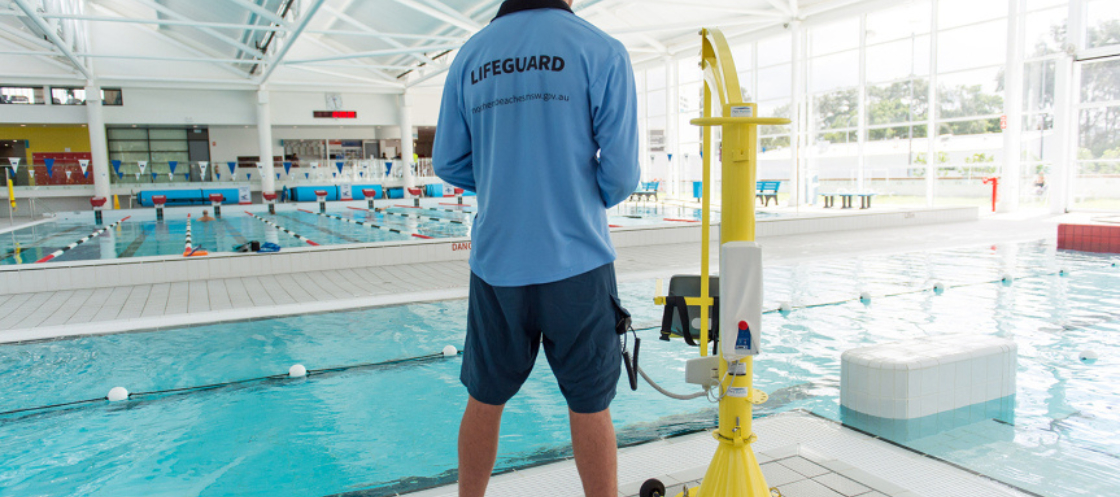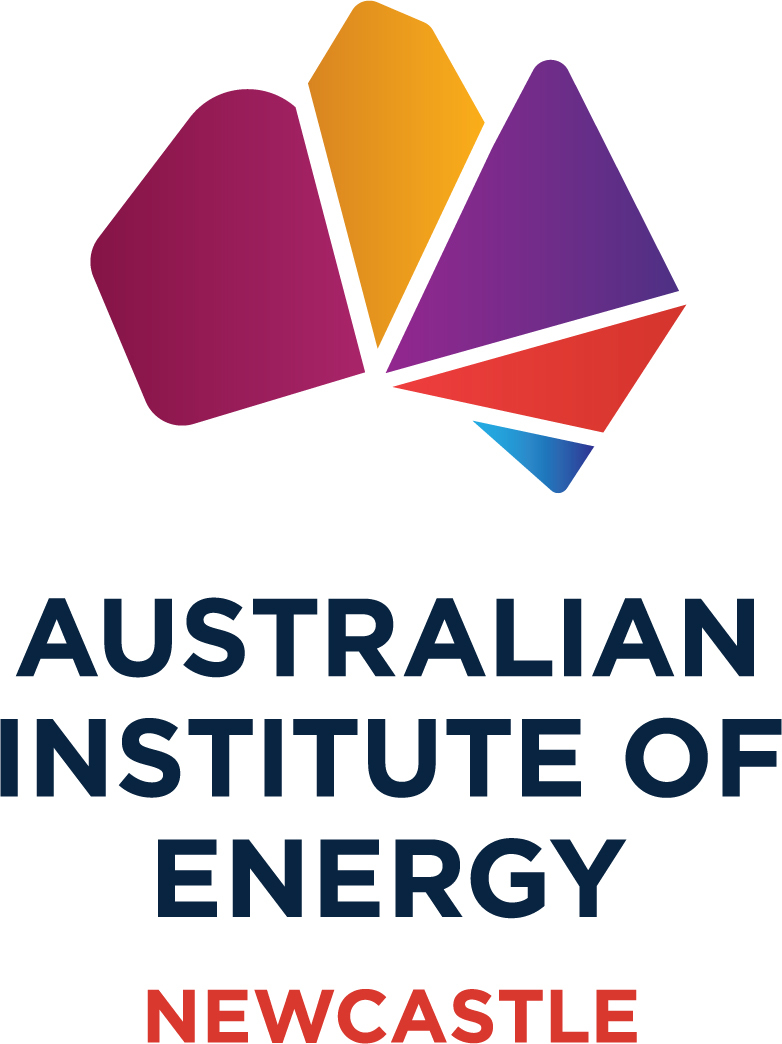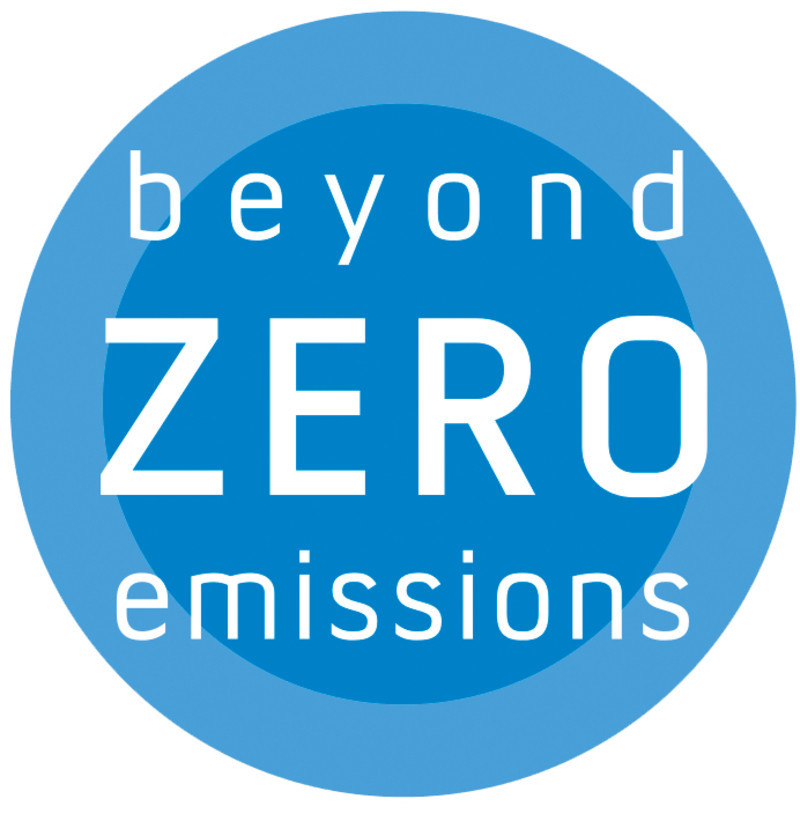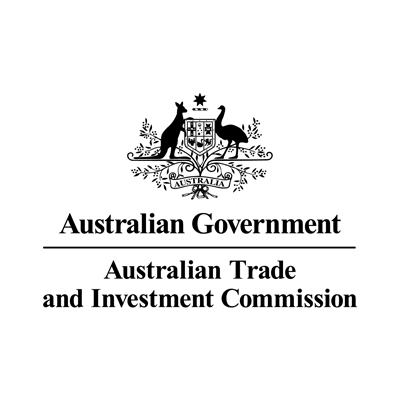Making waves: Local Councils dive into energy upgrades
Round One of the Community Energy Upgrades Fund has delivered $50 million in grants to local councils Australia wide for energy efficiency projects funding initiatives such as solar carparks, pool electrification, and community batteries.

The Albanese Government has announced the recipients of the first round of grants under the $100 million Community Energy Upgrades Fund (CEUF), which aims to improve energy efficiency, reduce emissions, and cut energy costs in local government facilities across Australia. The program has allocated $50 million to 58 councils nationwide, with New South Wales receiving $15.3 million across 17 councils.
Projects in NSW include solar carparks, electrification of aquatic centres, and the installation of community batteries. Broken Hill received the largest single grant in the state, with $2.5 million for the Broken Hill Solar Integration Project. Other major recipients include Wagga Wagga City Council, which was awarded $2.5 million for upgrades at the Oasis Regional Aquatic Centre, and Dubbo Regional Council, which received $1.33 million for a solar carpark with battery storage and EV charging at the regional airport.
Federal Minister for Climate Change and Energy Chris Bowen said, “Local councils run many of the sport and public facilities that keep our communities and clubs thriving. We want facilities that Australians know and love, like cricket grounds and local pools, to be able to save on their energy bills and spend more on the things they do best.”
The merit-based program provides grants ranging from $25,000 to $2.5 million, requiring councils to co-fund at least 50% of project costs. Key initiatives funded include 31 aquatic centre upgrades and five projects for electric vehicle charging infrastructure for council vehicles. Other supported projects feature energy-efficient lighting, heat pumps, and solar and battery installations across libraries, sporting fields, and community centres.
Kristy McBain, Minister for Regional Development, Local Government and Territories, said, “We’ve heard loud and clear from councils about the need to upgrade ageing facilities with more energy-efficient technology, to bring down their overheads and to lower their emissions – which is exactly why we launched the Community Energy Upgrades Fund.”
In addition to NSW, projects funded across the country include the electrification of Collingwood Leisure Centre in Melbourne, energy upgrades at Casuarina Library in Darwin, and electric vehicle charging infrastructure in Tasmania. Collectively, these projects aim to contribute to Australia’s national emission reduction targets of 43% by 2030 and net zero by 2050, while supporting the goal of 82% renewable electricity generation by 2030.
The first round of CEUF funding was highly competitive, with 165 applications submitted for the $50 million available. Round 2 of the program is expected to open in early 2025, and unsuccessful applicants from Round 1 are encouraged to reapply. Local governments interested in applying can register their details on the GrantConnect website, which provides information on upcoming grant opportunities.
Councils receiving funding in NSW include:
- Blue Mountains City Council: $1.68 million for electrification and load management.
- Campbelltown City Council: $76,894 for solar and battery upgrades at early learning centres.
- Dubbo Regional Council: $1.33 million for a solar carpark with battery storage.
- Leeton Shire Council: $203,006 for solar and heat pump upgrades at swimming pools.
- Northern Beaches Council: $1.39 million for electrifying the Manly Andrew Boy Charlton Aquatic Centre.
- Wagga Wagga City Council: $2.5 million for the Oasis Regional Aquatic Centre energy upgrade.
The CEUF builds on the Federal Government’s broader $1.6 billion Energy Savings Package, which includes initiatives for households and businesses. Through projects like these, the government aims to deliver long-term energy savings while promoting cleaner, more sustainable energy solutions for communities across the nation.













